The historic victory of Dien Bien Phu contributed to the collapse of the old colonial regime. Photo: Khoi Nguyen
The historic victory of the Vietnamese people at Dien Bien Phu in 1954 contributed to the collapse of the old colonial regime that the imperialists had imposed on their colonies for centuries. This great victory forced France to sign the Geneva Agreement (July 1954), recognizing the independence, sovereignty , unity and territorial integrity of Vietnam; at the same time, withdrawing all expeditionary troops. Not stopping there, the resounding victory of the Vietnamese people, both on the battlefield and at the negotiating table, had a huge impact on the world revolutionary movement in general and the national liberation movement in Asia, Africa and Latin America in particular. At a time when oppressed humanity was groping on the path to national independence, Vietnam's victory multiplied the fighting enthusiasm and confidence of revolutionaries and oppressed peoples around the world. At the same time, it forced the belligerent groups in the ruling circles of the imperialist countries to deal with the revolutionary movement that was rising after the Dien Bien Phu event. The struggle between the revolutionary and peace-loving forces and the belligerent, anti-revolutionary forces thus took place in many rich and fierce forms with a strong and effective offensive nature.
With the Soviet state as its fulcrum, the world socialist system gradually took shape. At the same time, the national liberation movements in Asia, Africa and Latin America made imperialism, led by the US imperialism, fearful. In that context, the US, although a late-born empire, was powerful and ambitious. With the ambition to “adjust the world” into the US orbit, the US stepped up the global political game, launching the Cold War and dragging many regions into a spiral of instability. Creating the so-called “communist threat”, the US introduced the “Domino Doctrine” (1947) to scare itself and its allies. At the same time, after the period of implementing the “containment strategy”, the US switched to a global military strategy of “massive retaliation”, implemented with the support of a “brinkmanship” foreign policy. From there, it continued to push the Cold War to a new peak, as well as pushing the US into a highly militarized situation.
The above extremely extreme views were thoroughly applied by the US to intervene in many countries and territories in the world, including Indochina and Vietnam. With the argument that if Indochina is lost, Southeast Asia will be lost, therefore, preventing Vietnam from becoming a link in the "communist stronghold" became an important task, carried out by successive US presidents. Therefore, the US soon became involved in the Vietnam and Indochina issue, and at the same time, Vietnam gradually became the center of the US global strategy. Because Vietnam is the hottest spot in Indochina and Southeast Asia; in particular, this is where the most radical national liberation revolution led by the proletariat took place.
On the global political chessboard, the US has clearly defined its long-term goal for the Indochina region, which is to eliminate communist influence in Indochina to the maximum extent possible. The US wants to see Vietnam and Indochina have an autonomous pro-American nationalist state. Therefore, although it stands behind the French colonialists in terms of weapons and dollars to re-invade Vietnam (September 1945), many opinions in the US government believe that "France using military force to retake Indochina is not the right solution". And therefore, the US hesitates to push France too hard or get too deeply involved until it can suggest a solution, or the US is not ready to accept the responsibility of intervention.
However, as the Indochina War dragged on and America's intervention increased, America's true intentions became more apparent. If in 1950, the US imperialists only provided France with 10 million dollars in military aid, by early 1954, this figure had increased to 1.1 billion dollars, accounting for 78% of France's war costs in Indochina. During the period 1950-1954, the total US economic and military aid to France in the Indochina War exceeded 3.5 billion dollars. With that huge figure and America's deep intervention in the war, it made the French generals in Indochina believe that "our status had changed to that of a mere mercenary".
In the years 1953-1954, when the French colonialists were increasingly bogged down in the war in Indochina, on the one hand, the US increased aid to "wind up" France; on the other hand, it did not put too much pressure on France to give up early, while the US had not prepared enough favorable conditions to replace France, and the US also had its own calculations. On July 21, 1953, President Eisenhower invited the prime minister of the puppet government in Saigon, Nguyen Van Tam, to visit the United States and received a commitment from the US to support and help. Meanwhile, the US imperialists also began to mold and promote another prepared political card, Ngo Dinh Diem.
Southeast Asia is considered “one of the richest regions in the world, opened to whoever wins the war in Indochina. That is the reason why the US is increasingly interested in the Vietnam issue... For the US, it is a region that must be grasped at any cost”. This is also one of the reasons why the US is determined to set foot in Vietnam and Indochina, with the immediate goal of preventing “communism from expanding” to Southeast Asia and defeating the national liberation movement in this region. However, the fundamental and long-term goal of the US empire is to invade South Vietnam with neo-colonialism. From there, turn South Vietnam into a military base, in order to destroy the struggles of the people of all ethnic groups that the US considers “revolts incited by communism”; at the same time, seize and exploit the Southeast Asian region rich in strategic resources and cheap labor.
Many figures in American politics have declared that: “There are two ways to conquer a country. The first way is to use the power of weapons to take control of the people of that country; the second way is to take control of the economy of that country by financial means." With South Vietnam, the US had early plans to set up a puppet government, linked with economic and military aid, advising them and then actively causing the Vietnam War. However, the US's plans and plots will have to face the resilient, indomitable and never-compromising fight of the entire Vietnamese people.
Khoi Nguyen
(The article uses materials from the book "History of the resistance war against America to save the country 1954-1975", volume I).
Source: https://baothanhhoa.vn/ky-niem-50-nam-ngay-giai-phong-mien-nam-thong-nhat-dat-nuoc-30-4-1975-30-4-2025-da-tam-bien-mien-nam-thanh-thuoc-dia-kieu-moi-cua-de-quoc-my-245537.htm


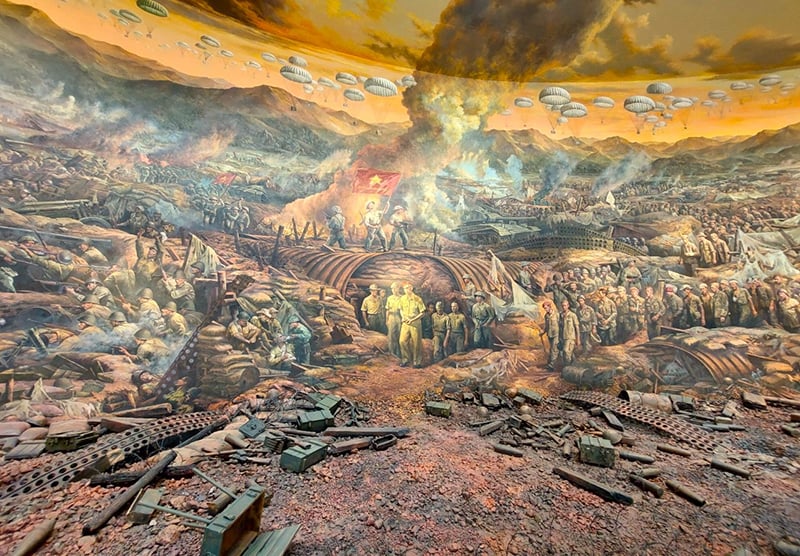
![[Photo] General Secretary To Lam attends the conference to review 10 years of implementing Directive No. 05 of the Politburo and evaluate the results of implementing Regulation No. 09 of the Central Public Security Party Committee.](https://vphoto.vietnam.vn/thumb/1200x675/vietnam/resource/IMAGE/2025/5/19/2f44458c655a4403acd7929dbbfa5039)

![[Photo] Panorama of the Opening Ceremony of the 43rd Nhan Dan Newspaper National Table Tennis Championship](https://vphoto.vietnam.vn/thumb/1200x675/vietnam/resource/IMAGE/2025/5/19/5e22950340b941309280448198bcf1d9)
![[Photo] Close-up of Tang Long Bridge, Thu Duc City after repairing rutting](https://vphoto.vietnam.vn/thumb/1200x675/vietnam/resource/IMAGE/2025/5/19/086736d9d11f43198f5bd8d78df9bd41)
![[Photo] President Luong Cuong presents the 40-year Party membership badge to Chief of the Office of the President Le Khanh Hai](https://vphoto.vietnam.vn/thumb/1200x675/vietnam/resource/IMAGE/2025/5/19/a22bc55dd7bf4a2ab7e3958d32282c15)

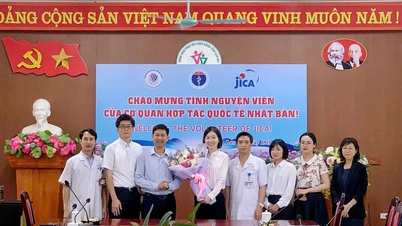

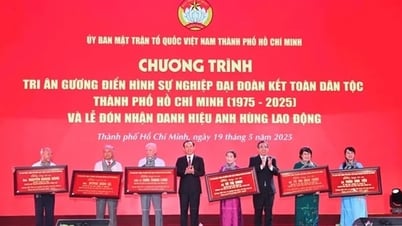

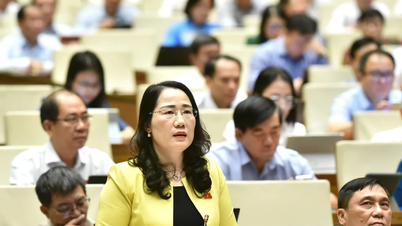

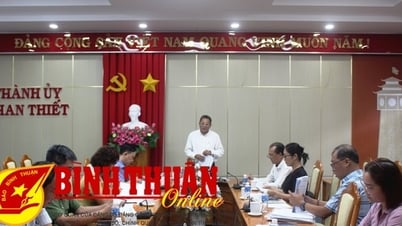

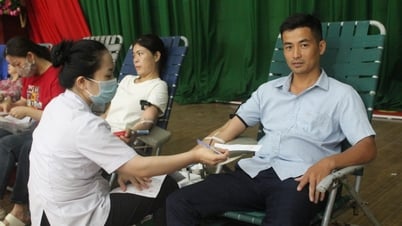







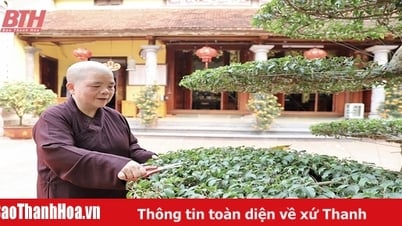
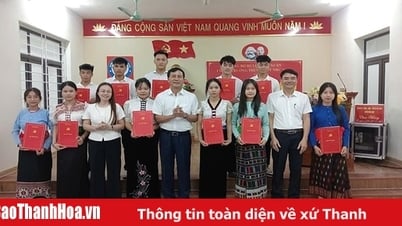
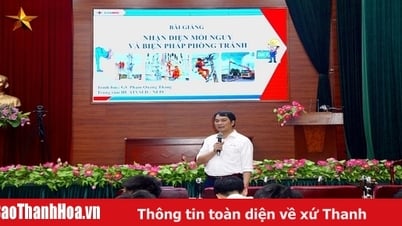
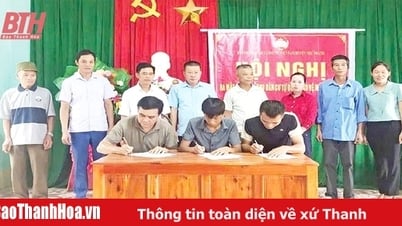
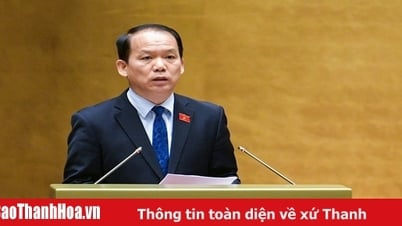

![[Photo] Prime Minister Pham Minh Chinh inspects the progress of the National Exhibition and Fair Center project](https://vphoto.vietnam.vn/thumb/1200x675/vietnam/resource/IMAGE/2025/5/19/35189ac8807140d897ad2b7d2583fbae)
















































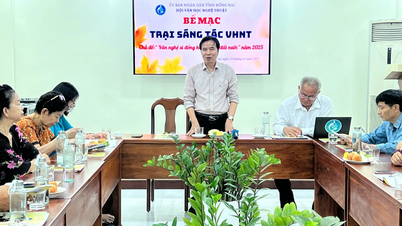




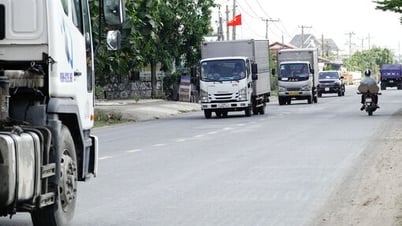





![[VIDEO] - Enhancing the value of Quang Nam OCOP products through trade connections](https://vphoto.vietnam.vn/thumb/402x226/vietnam/resource/IMAGE/2025/5/17/5be5b5fff1f14914986fad159097a677)




Comment (0)